In 2019 the Human Health Exposure Analysis Resource (HHEAR) Data Center was established by NIEHS as a continuation of the CHEAR Data Center expanding to include health outcomes at all ages. The goal is to provide approved HHEAR investigators their laboratory analysis results and incorporate them in statistical analyses of their study data. We then make that data publicly available as a means to improve our knowledge of the comprehensive effects of environmental exposures on human health throughout the life course.
The HHEAR Data Center goals are to catalyze new scientific insight from the colocation, integration and advanced statistical and data science analysis of multimodal data sets.
- A data repository for storing epidemiologic and biomarker data for CHEAR and HHEAR research studies
- Publicly available deidentified datasets downloadable for external users
- A publicly accessible HHEAR ontology that provides a common vocabulary with unambiguous definitions of concepts and variables across studies to allow for pooling of studies
The Tetherless World Constellation award within HHEAR provides the Data Science component of the HHEAR Data Center. That mainly includes the ontology and the ontology-enabled infrastructure. The ontology-enabled infrastructure leverages the HADatAc (Human-Aware Data Acquisition framework), an open-source infrastructure that enables combined acquisitions of data and metadata in a way that metadata is properly and logically connected to data.
More can be found on:
- HADatAC at https://www.hadatac.org/
- the overall data center at the HHEAR Data Center Portal at https://hheardatacenter.mssm.edu/
- the initial Childrens Health Exposure Analysis Resource (CHEAR)
View publications
